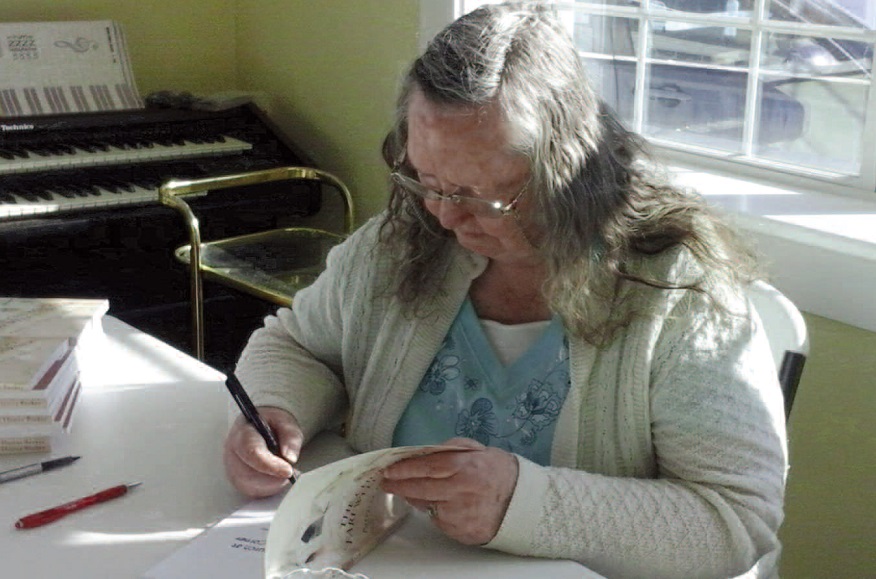CHINA NEWS: Manager leads committee in review of budget
by Mary Grow
China Town Manager Daniel L’Heureux led five of the seven budget committee members through a preliminary review of 2017-18 town finances at a Feb. 10 meeting. The manager had mostly good news, though he qualified it. As of June 30, 2016 (the last audit date), the town had about $1.318 million in surplus (formally called Undesignated Fund Balance, or UFB), and he expects the figure to be higher when the fiscal year ending June 30, 2017, is audited. Surplus increases when revenues are higher than expected, expenditures are lower or both.
The proposed 2017-18 municipal budget is slightly higher than the current year’s, but L’Heureux expects increases in revenues and property values to offset increased spending, so the tax rate will not rise as a result of municipal expenditures.
However, he said, town finances include factors outside town officials’ control, notably how much money the state provides in revenue-sharing, highway and school grants and other funding; the 2017-18 school budget; and the Kennebec County tax.
Proposed local increases include a 1.6 percent salary increase for town employees; higher dispatching fees for emergency services; rising health insurance premiums; and more expenses at the transfer station because Palermo residents now share it. Palermo’s annual payment plus the per-bag fee charged to Palermo residents will offset the last item, L’Heureux said.
The draft budget contains one new item, a request for up to $40,000 from surplus to compensate China firefighters and China Rescue personnel.
Selectman Neil Farrington told budget committee members he introduced the idea to try to get more volunteers for the services and to start a conversation about how to attract them.
If town meeting voters approve the money, the plan would start July 1. Before then, Farrington said, selectmen would consult with the chiefs of the four organizations – three fire departments and rescue – about how funds should be distributed.
L’Heureux learned from officials in Albion, Whitefield, Vassalboro and Windsor that all of those towns compensate their emergency personnel, each in its own way. Budget committee members had questions about many items, but voiced no major concerns or objections. Remembering discussion at the 2016 business meeting, they endorsed but urged clarifying the way TIF (Tax Increment Finance) expenditures are listed in the meeting warrant.
The 2017 warrant, like last year’s, has a list of proposed expenditures from the Development Program Fund (into which TIF tax revenue goes), in Art. 6. For example, voters are asked to allocate $8,000 to town administration to cover TIF-related work. Under Art. 12, funding town administration, the total of $384,261 specifically includes $8,000 from TIF-generated revenues. Budget Committee members think the double reference should be informative to voters. Last year, they said, it appeared to be confusing.
In addition to the amounts in Art. 6, five following articles ask voters to appropriate money from the Development Program Fund for projects recommended by the TIF Committee.
Budget committee members plan to meet again at 6:30 p.m. Thursday, Feb. 16, to go through the proposed warrant for the March 25 town business meeting.
At the town meeting, scheduled for 9 a.m. at China Middle School, voters will approve, modify or reject municipal spending proposals and other town-related items. The school budget will be presented later in the spring.


